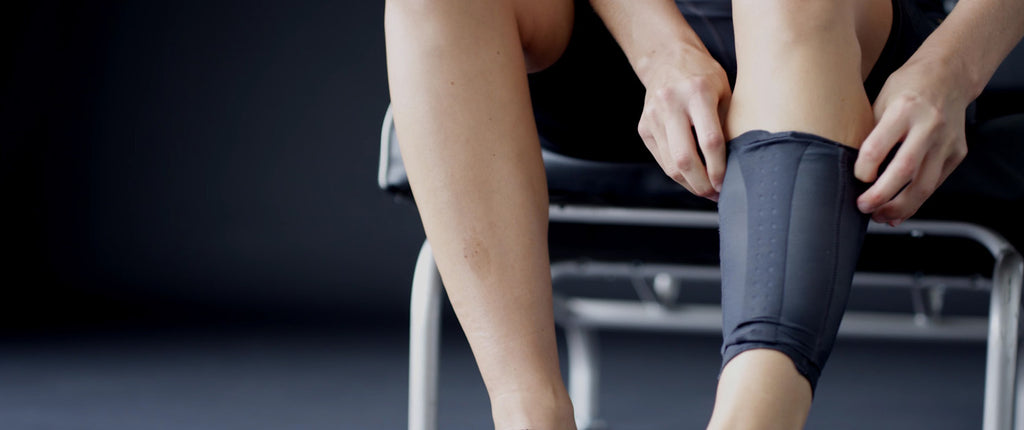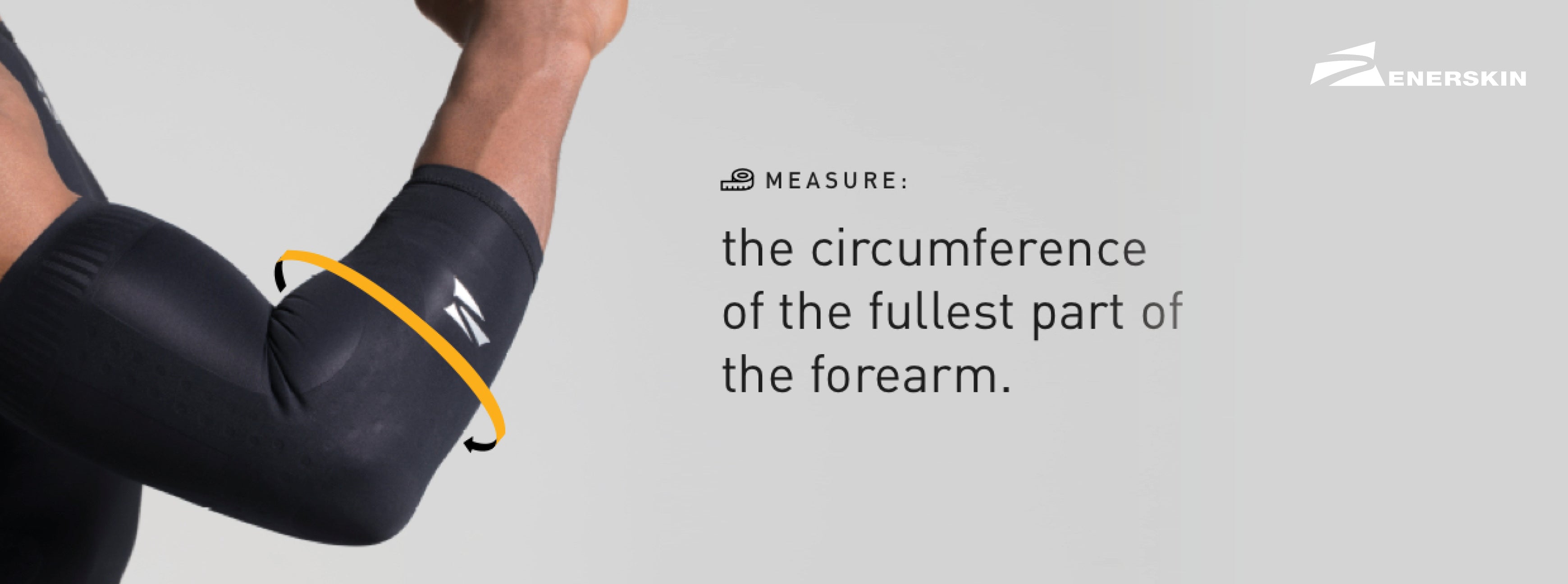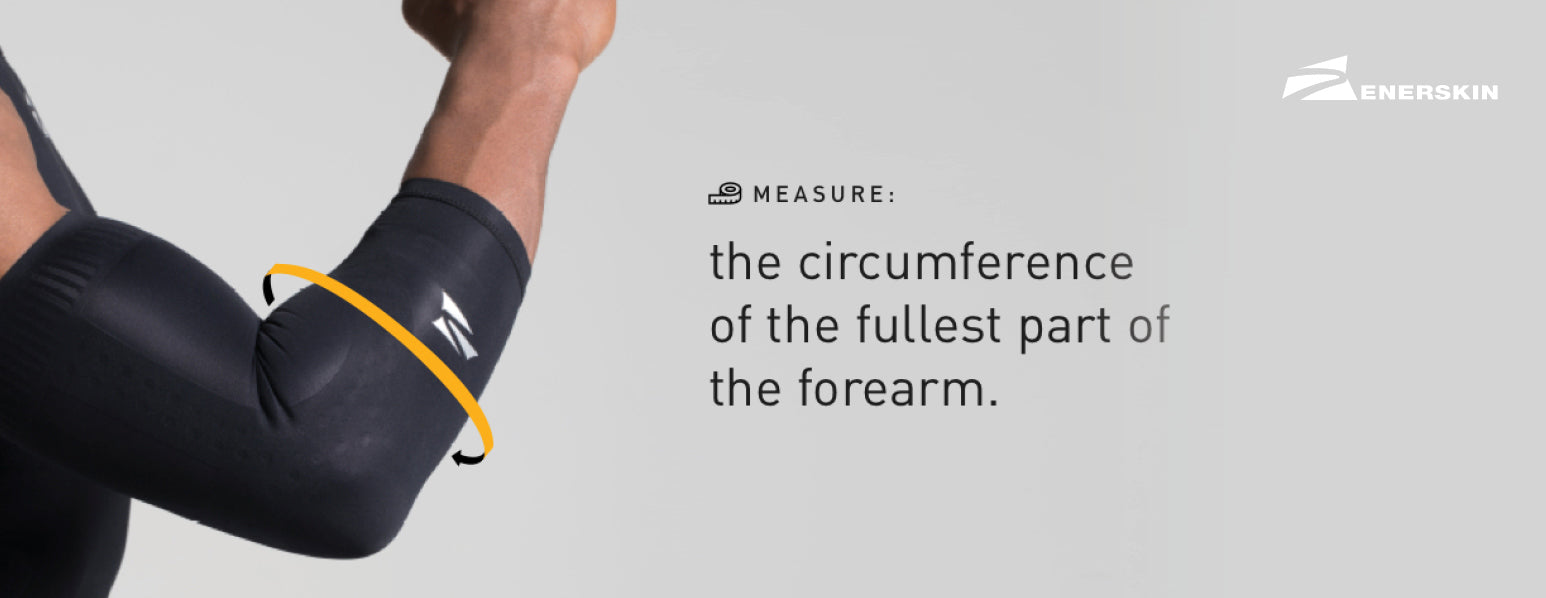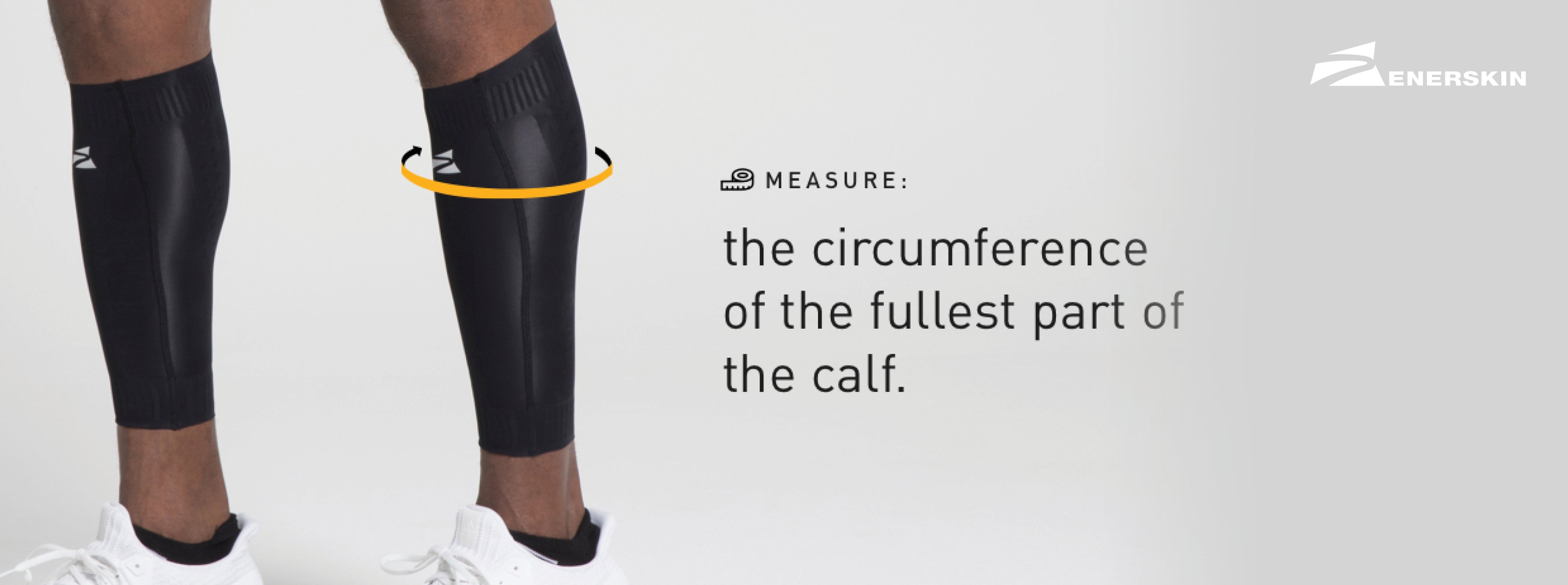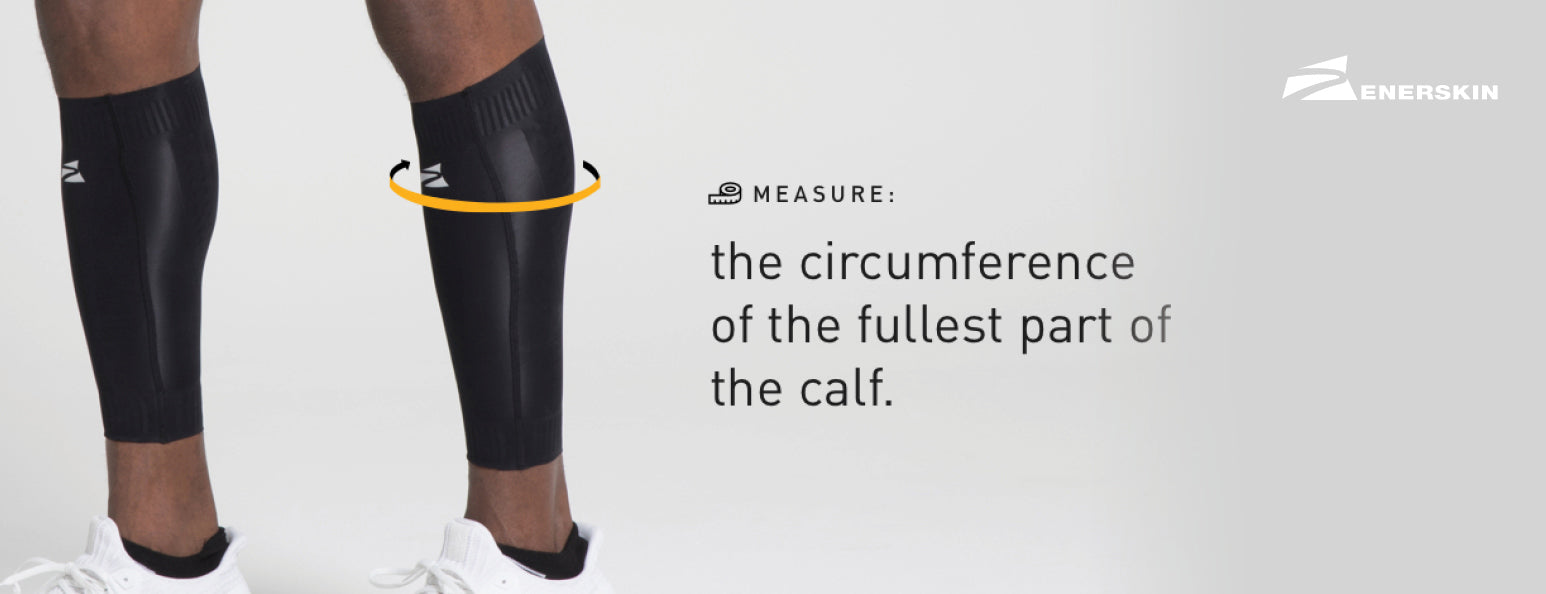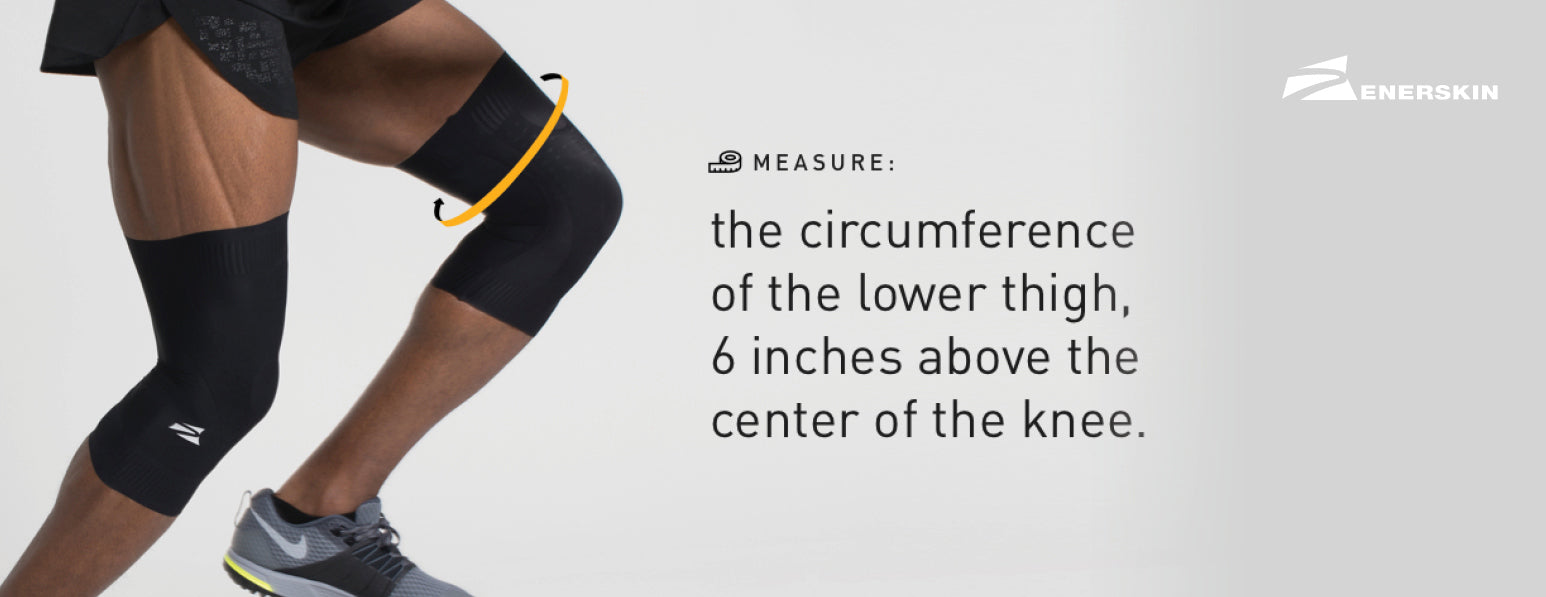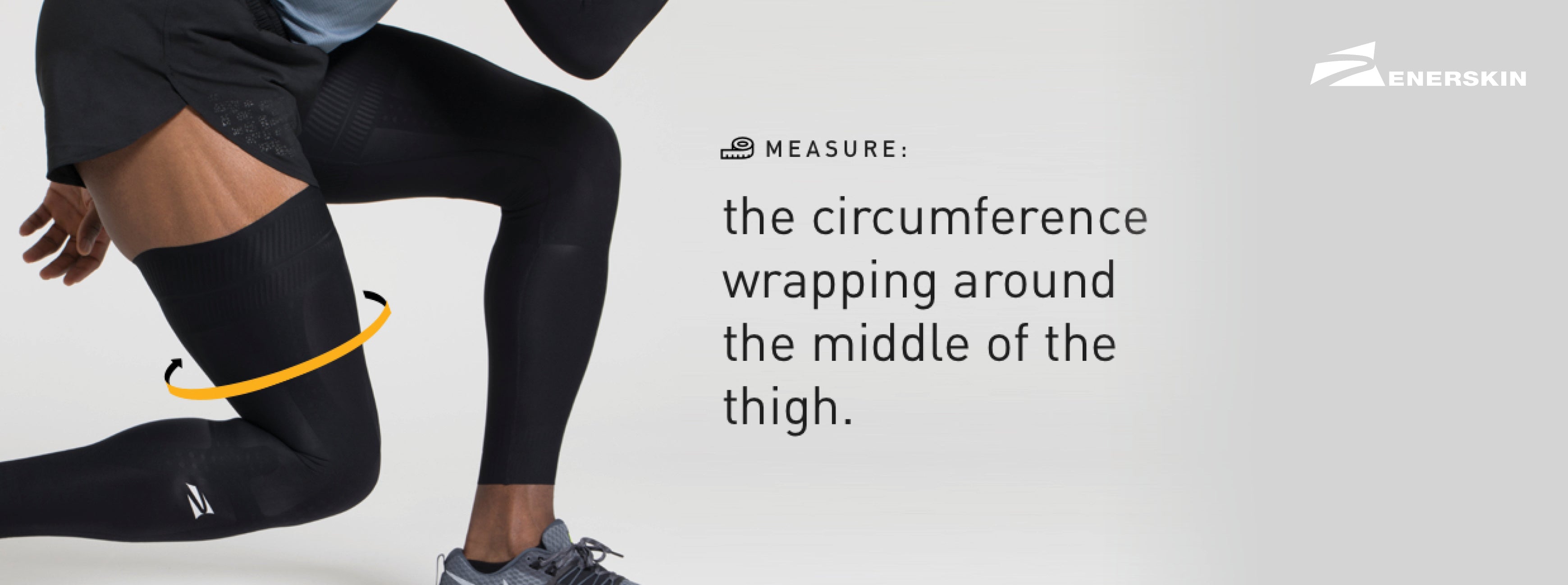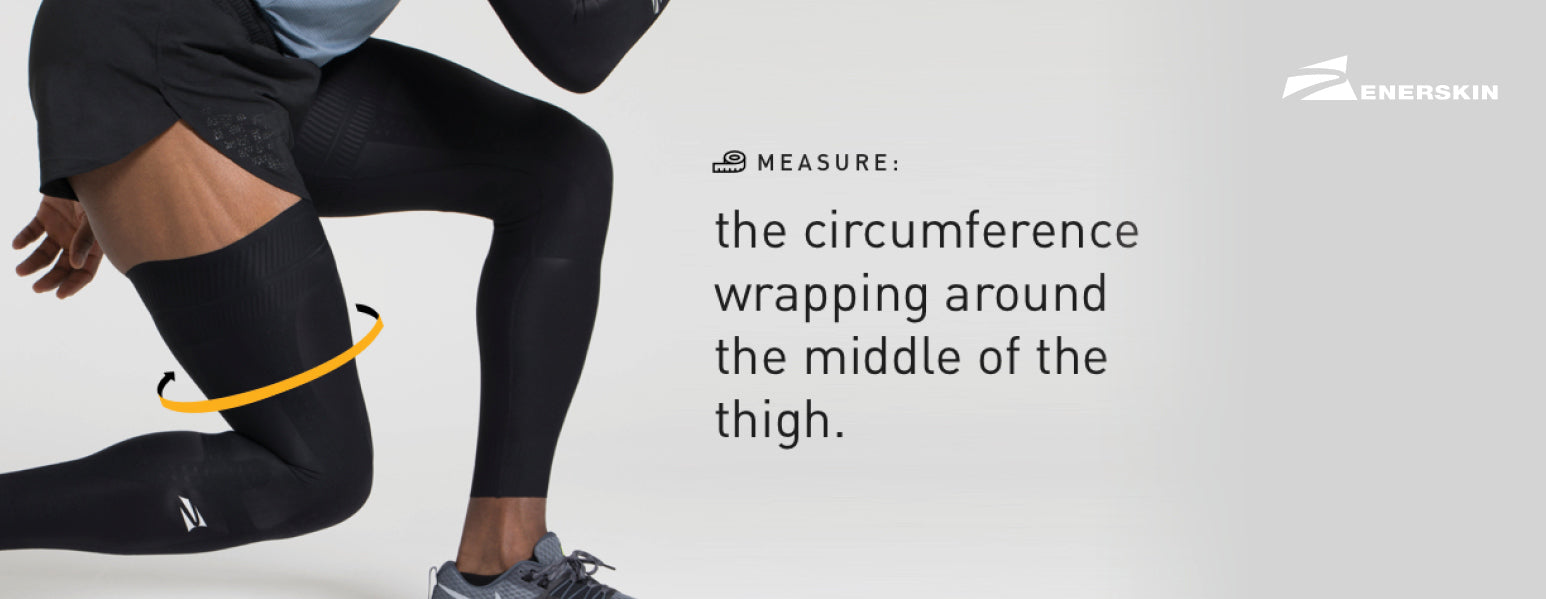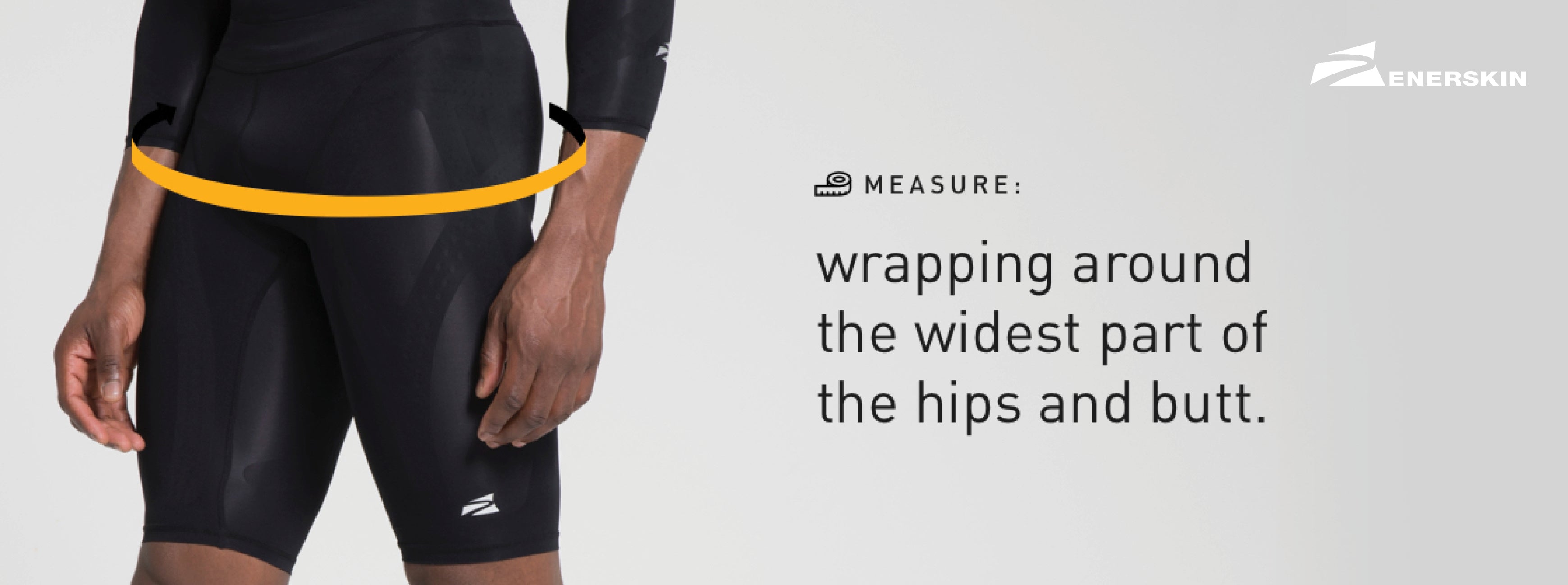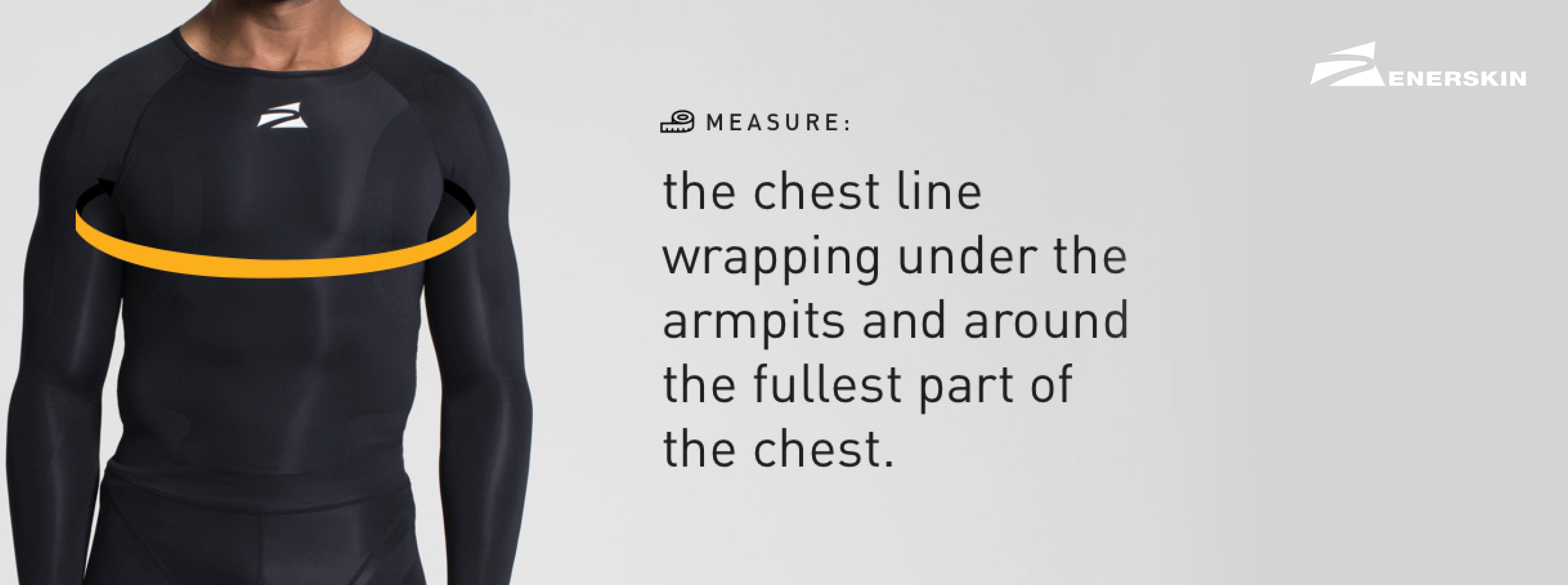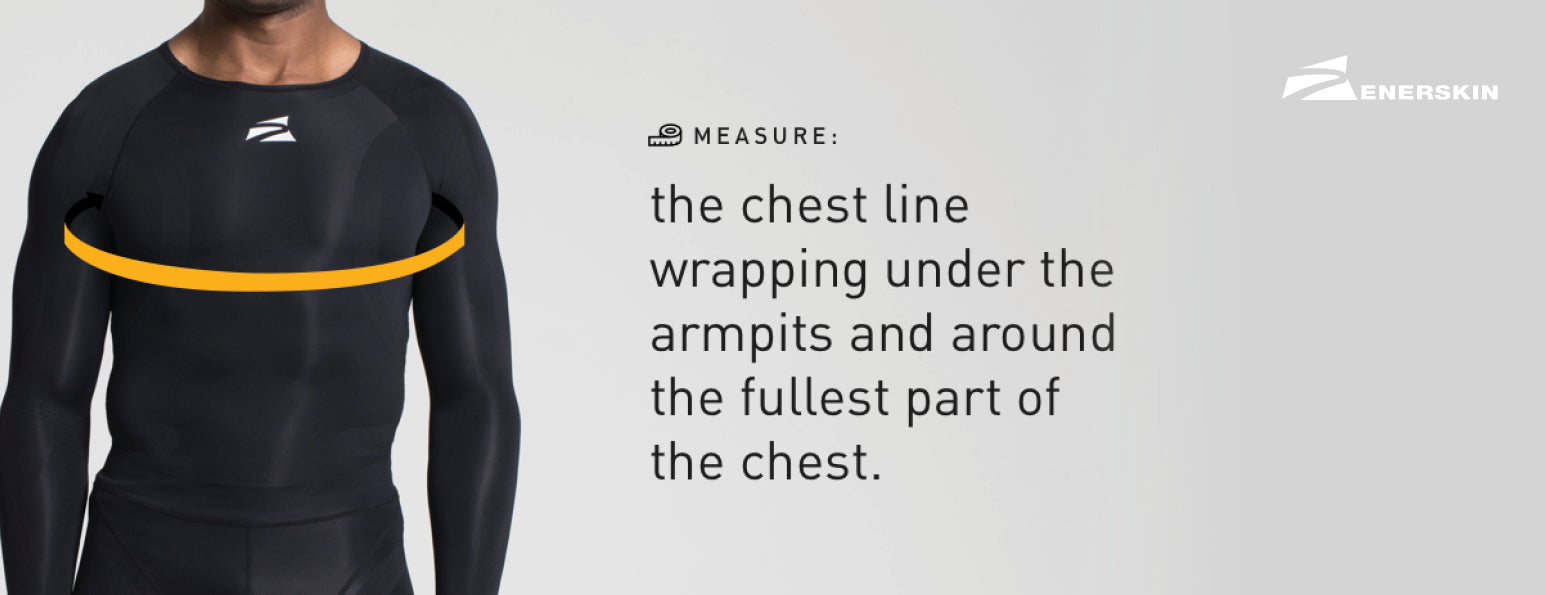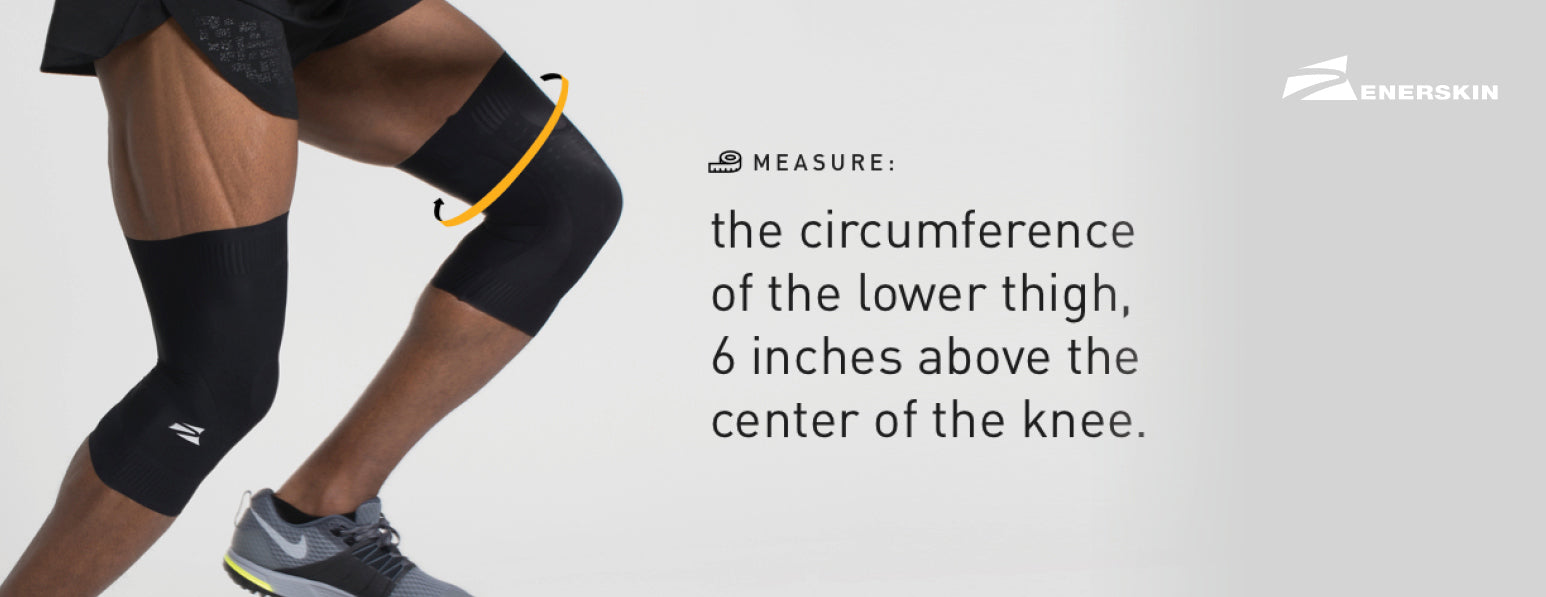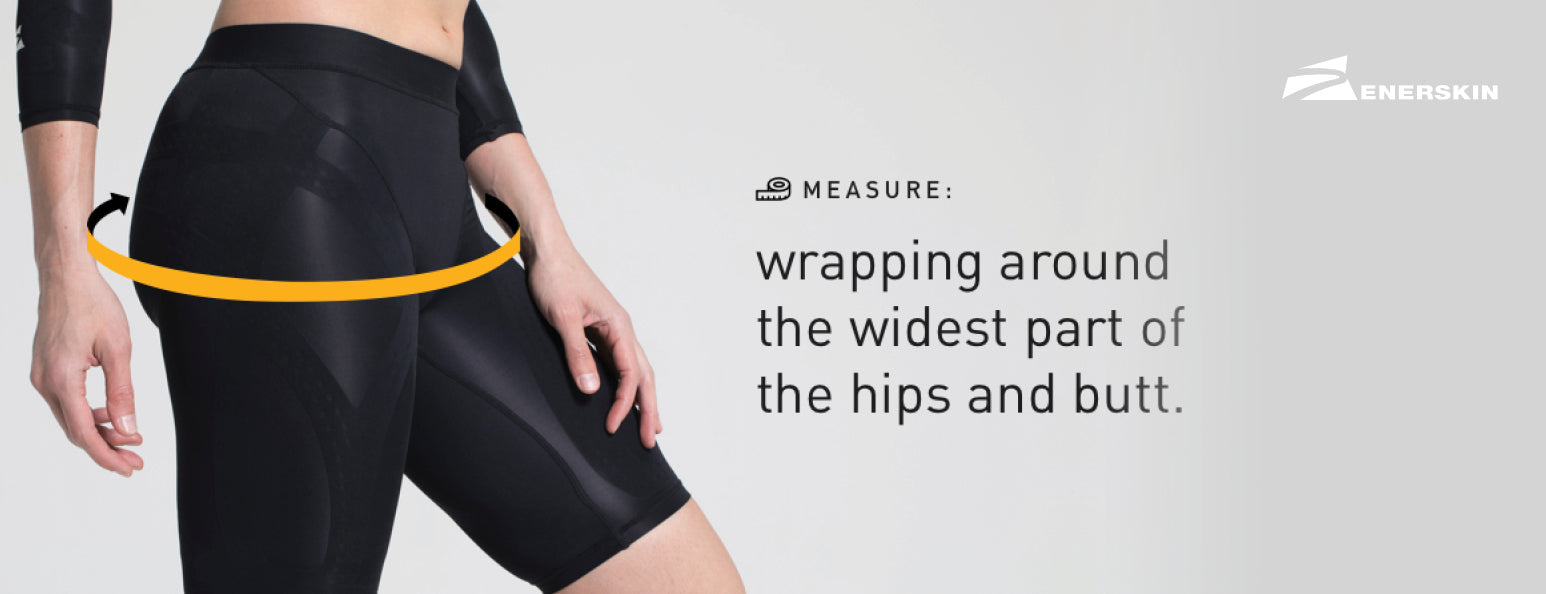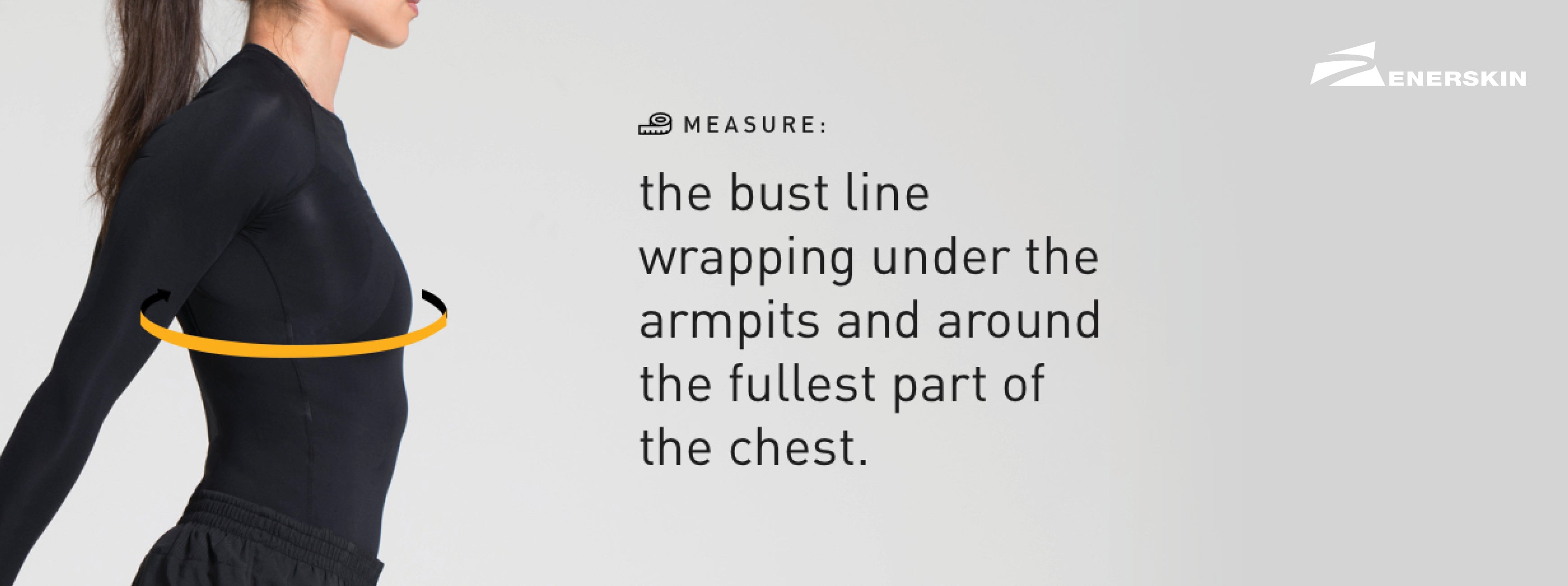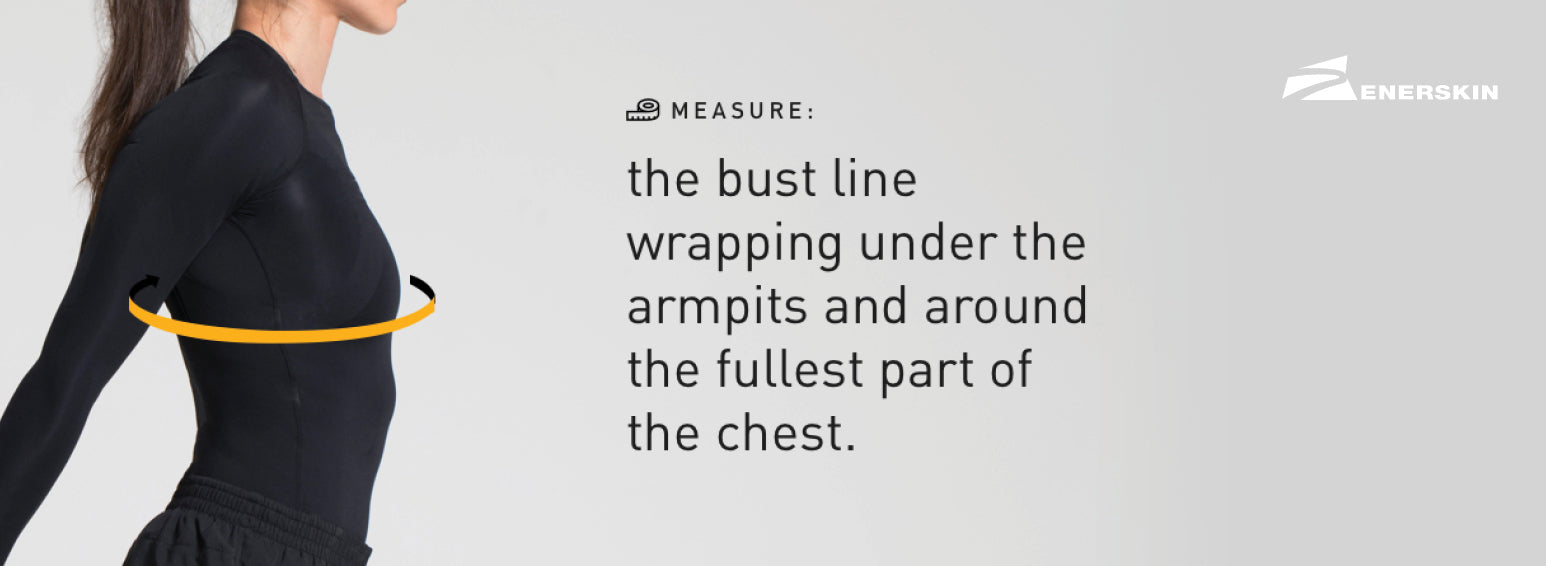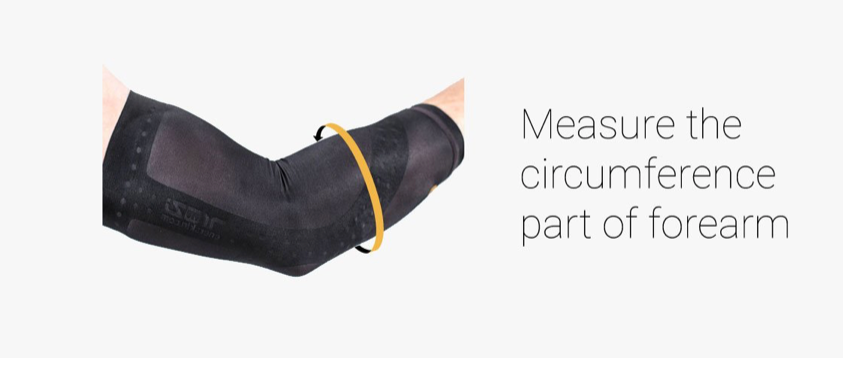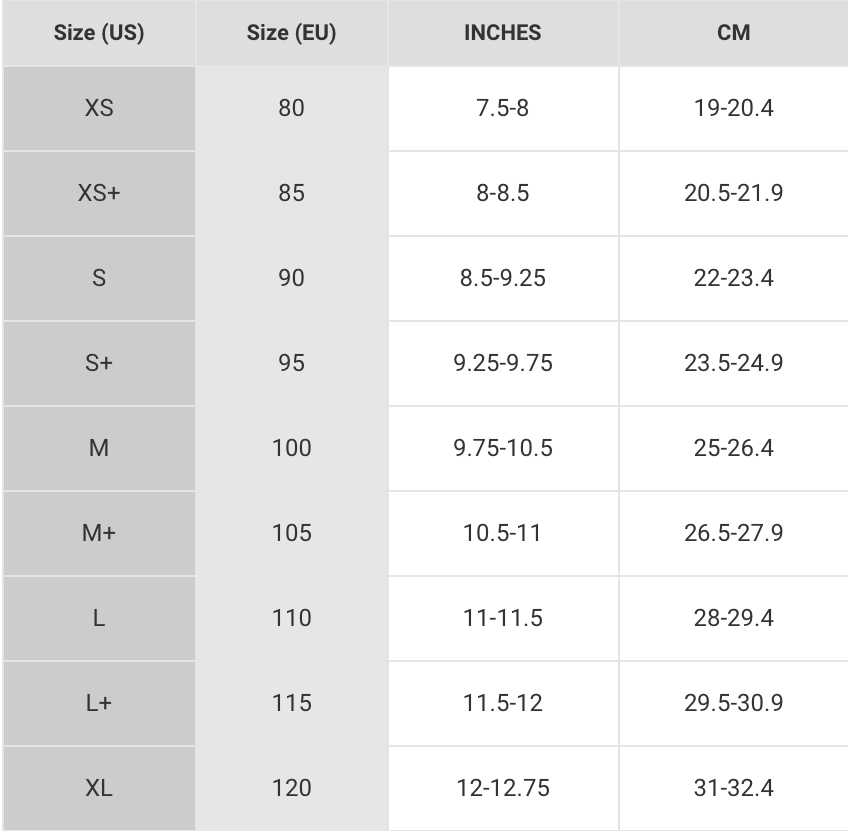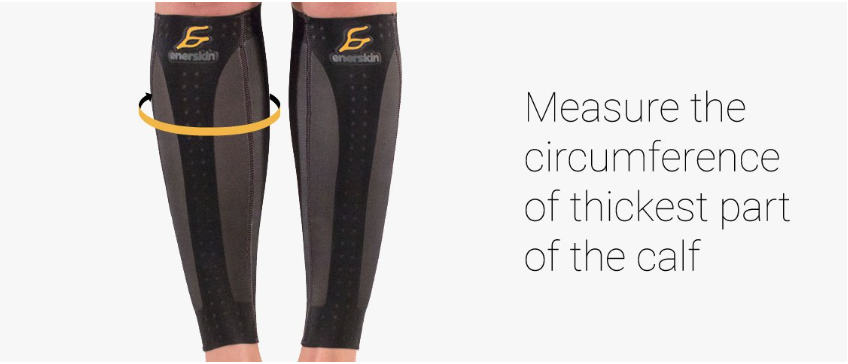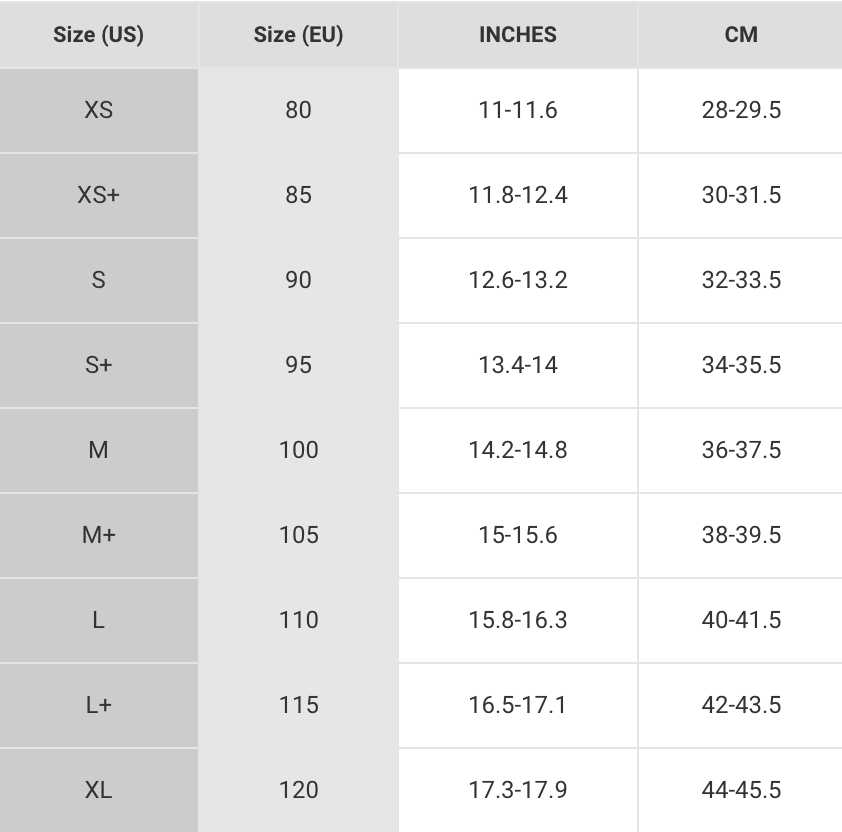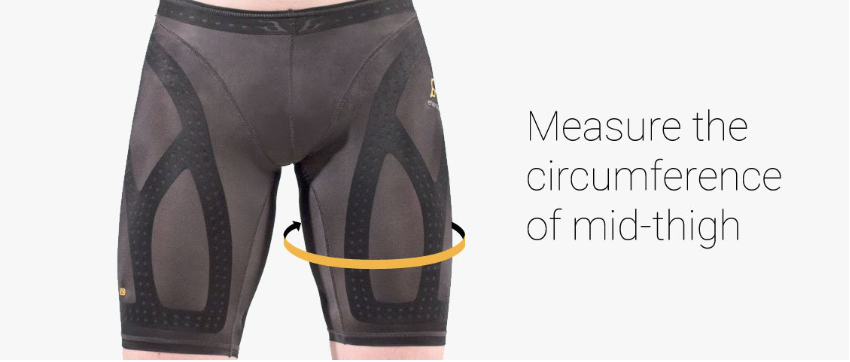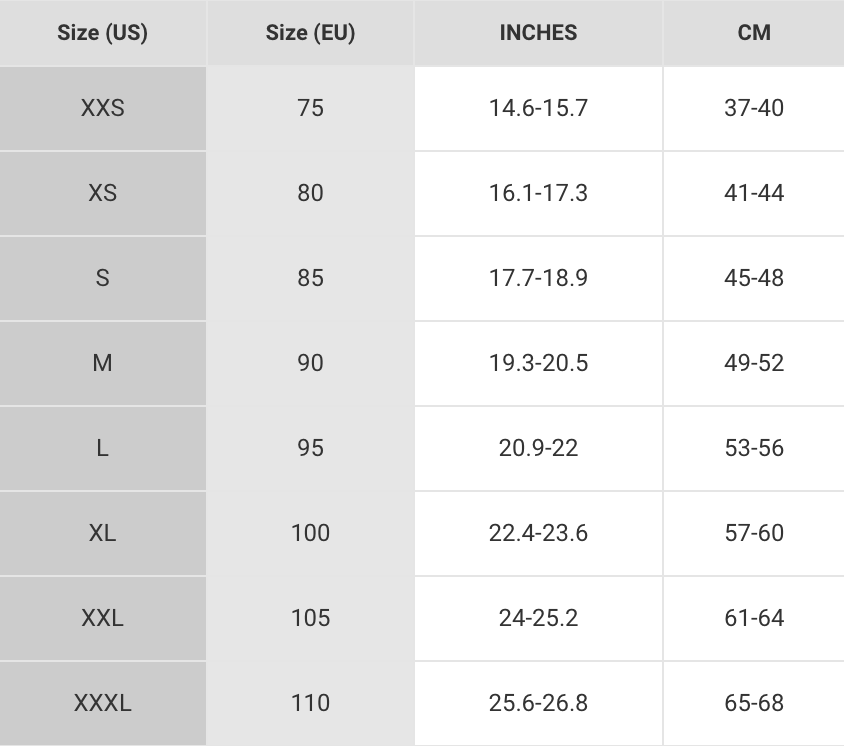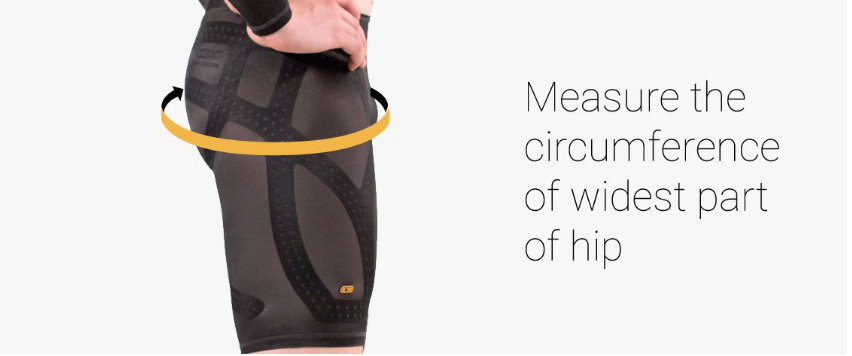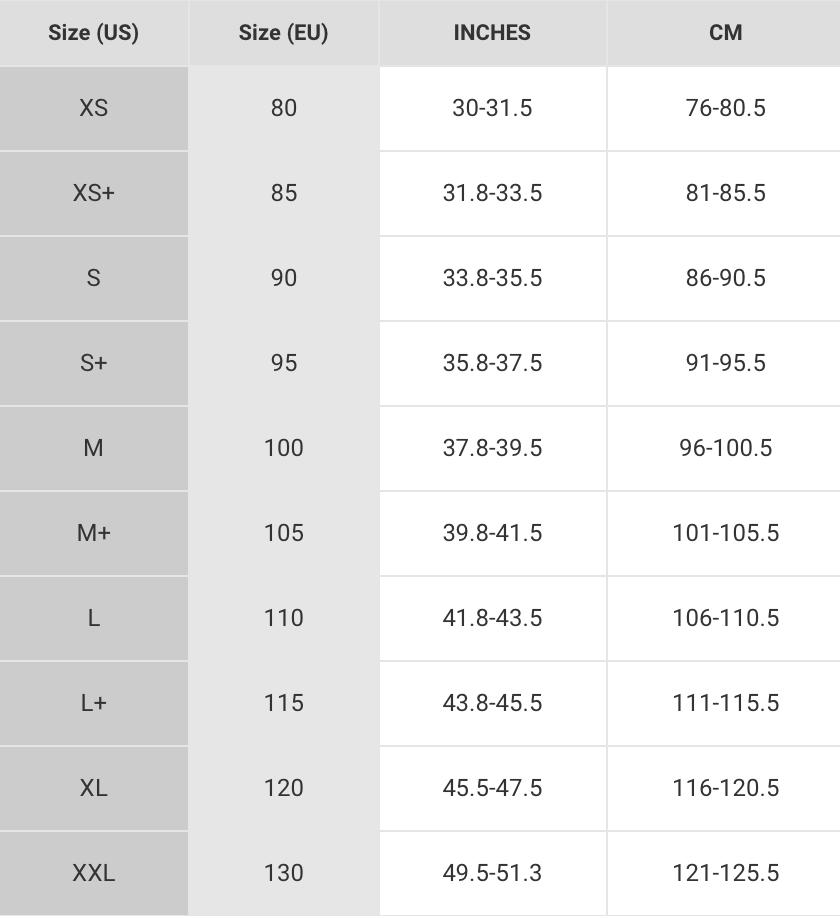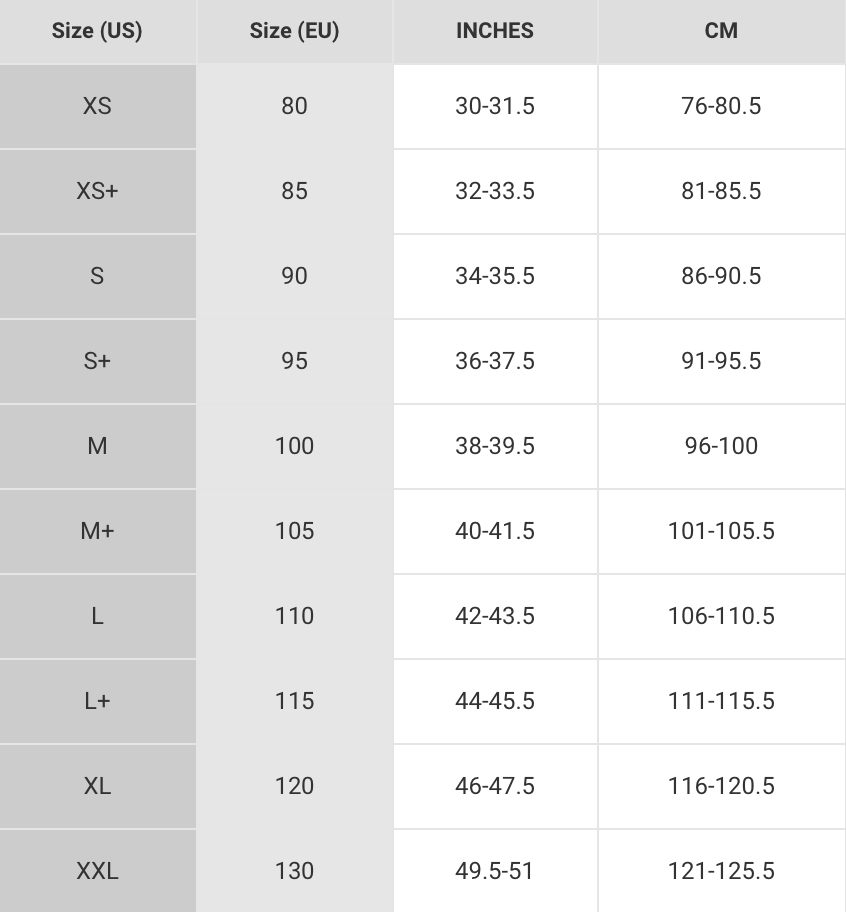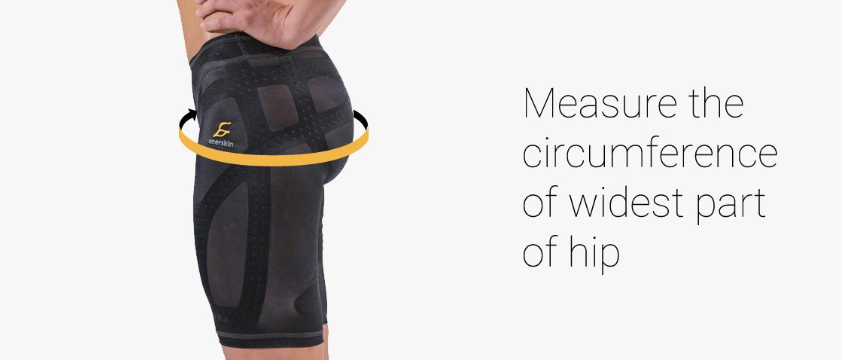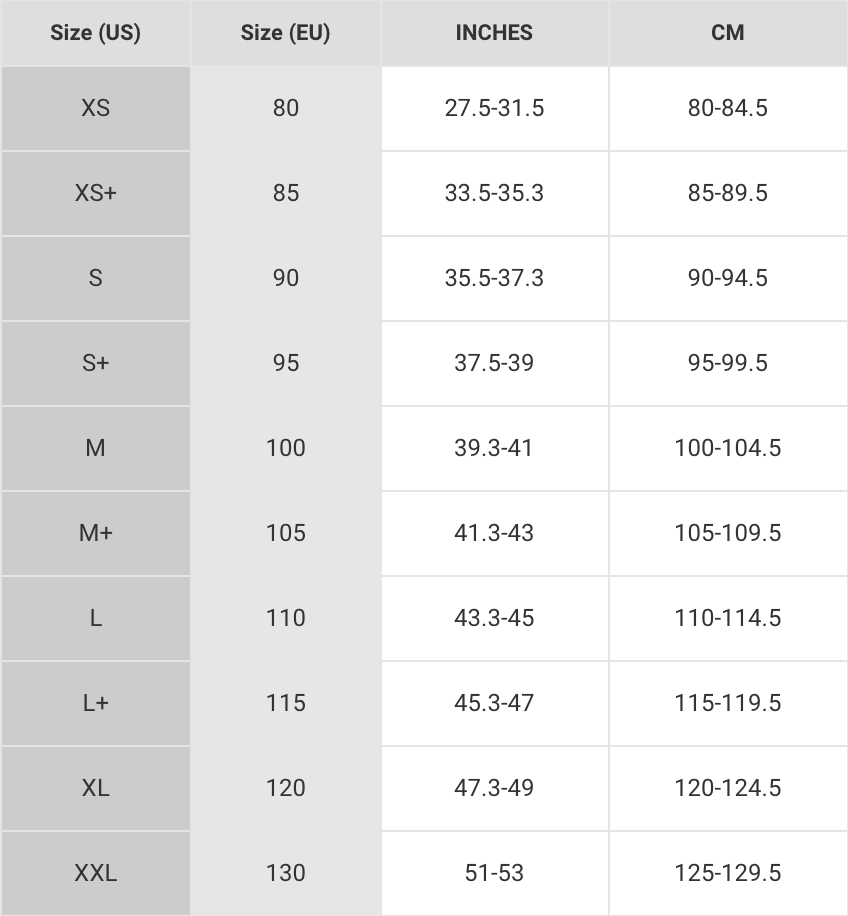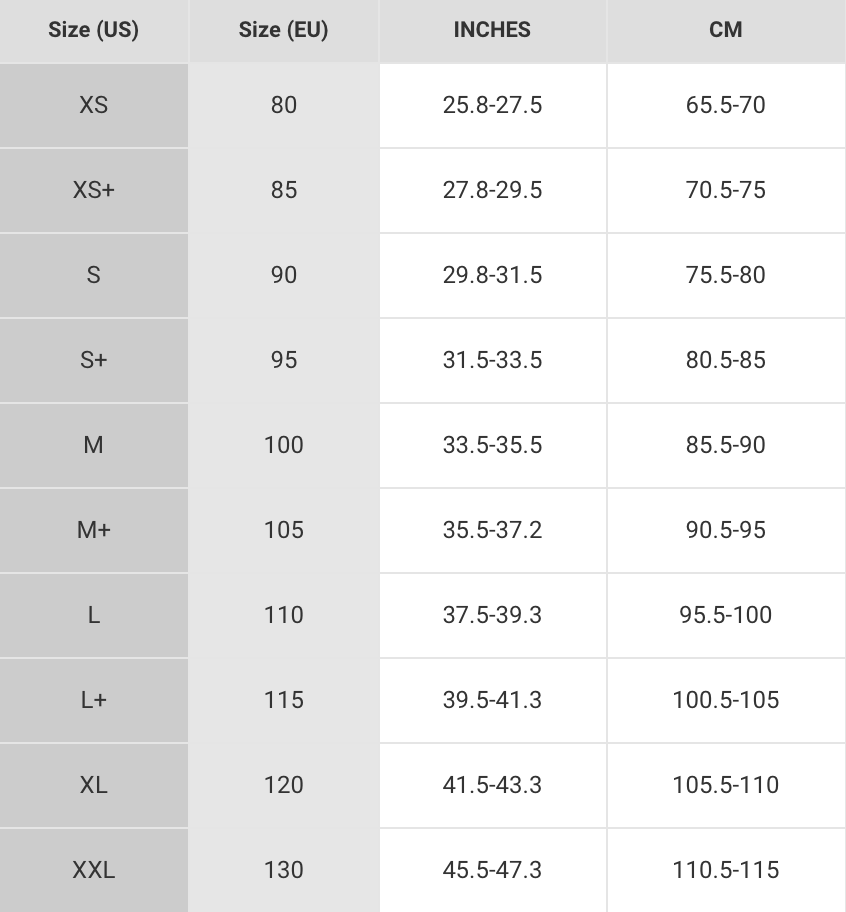What is Compression Sportswear?
Compression sportswear and athletic apparel are all the rage these days. The neighborhood gym is packed with people wearing the latest compression shirts. The rec center is dotted with colorful compression sleeves worn by folks playing pickup sports. On TV some of your favorite athletes are seen wearing compression gear practically all the time.
For something that’s firmly in the athletic mainstream, just what exactly is compression sportswear? There are so many options and opinions out there that it can all just get overwhelming.
In this post - the first of a series focused on compression - we’ll clear the air by providing solid information on compression, including what it is, its history, and the different types. Most important, we’ll share what sets quality compression gear apart.
What Is Compression Sportswear?
Compression sportswear is form-fitting apparel and accessories made of spandex or spandex-like material. By form-fitting, we mean skin tight, since the main purpose is to compress your muscles, providing support and increasing blood flow.
Compression leg garments were originally prescribed by doctors to patients suffering poor circulation to improve blood flow back to the heart and prevent deep vein thrombosis, which are blood clots formed in the legs.

A Brief History of Compression Sportswear
Around the new millennium, athletic companies began to offer more compression garments in sportswear. The idea behind this move was that compression sportswear would take all the benefits of medical compression garments and design sports-specific compression gear that would allow athletes to improve their recovery and subsequent performance.
As professional and amateur athletes alike wore it more and more, compression sportswear exploded in popularity. An entire line of products emerged focusing on specific muscle groups and parts of the body.
The Different Types of Compression Sportswear
Compression shirts and shorts were some of the earliest examples, offering support to the upper and lower-body core. Soon, compression came to the extremities in the form of sleeves and socks, which supported arms, elbows, knees, calves, and more.

A common question is whether compression sportswear should be worn as a base layer or outer layer. Typically, the product label or description will include that information. As a rule of thumb, compression shorts and pants are typically worn as base layers, and compression sleeves are worn as outer layers. Compression shirts can be worn as either outer layer or base layer.
What Makes Quality Compression Sportswear?
At Enerskin, we believe that quality compression sportswear is found in the materials and craftsmanship of the product. Our revolutionary Hyperflex fabric was carefully tested and developed to provide the exceptional hold of professional grade compression with superior comfort even during the hardest workouts. We use the Odreum Sewing method to construct smoother seams that are virtually tear resistant.
Our new E75 collection of compression sportswear combines compression with kinesiology taping, a popular rehabilitative taping technique. The patented silicone support tape is mapped to the major muscle groups on the body, offering enhanced compression and optimal support. It’s also infused with Germanium, a semiconductor element that’s been shown to increase circulation and reduce pain, stiffness, and swelling.
We’re proud to offer professional-grade athletic gear to anyone that wants to up their own sports, training, or recovery regimen. In our next post, we’ll be covering the benefits of wearing compression sportswear and explaining why it’s a solid investment for any aspiring athlete.
Sources:
https://en.wikipedia.org/wiki/Compression_garment
https://www.menshealth.com/fitness/a19536211/compression-shorts-guide/

you may also like


